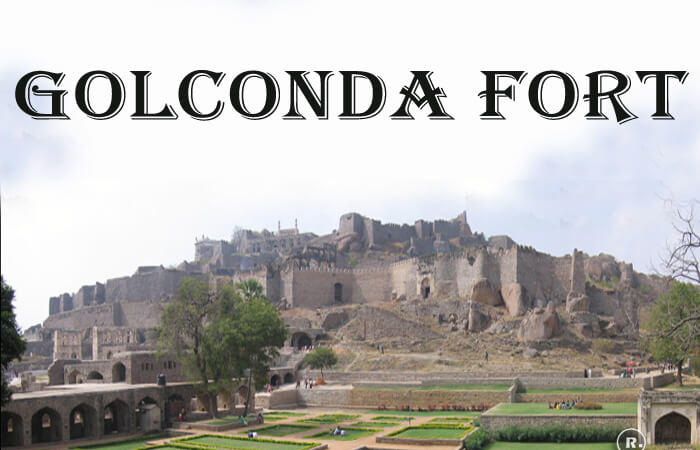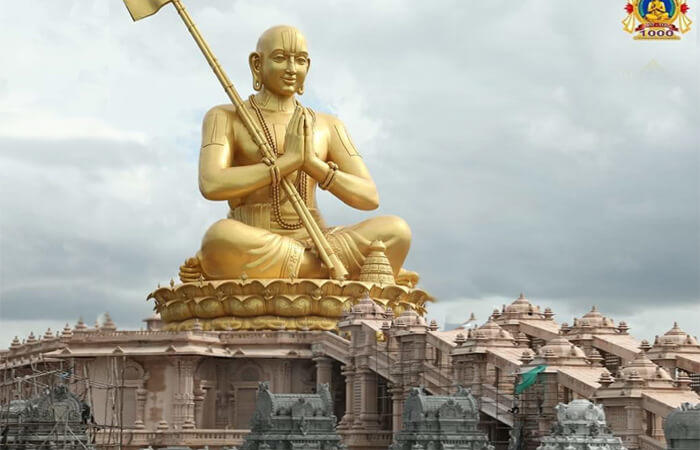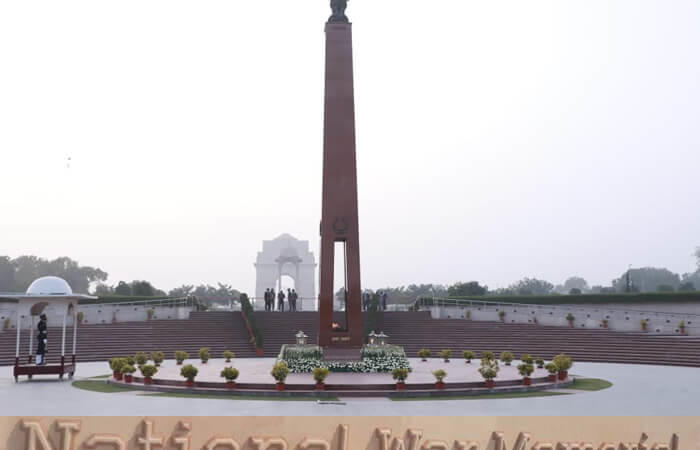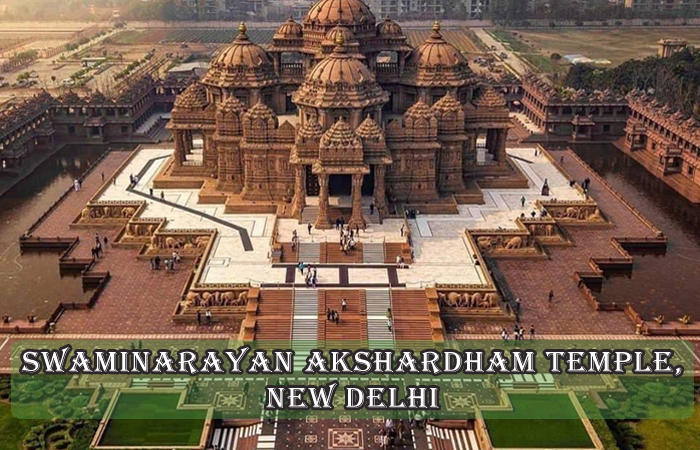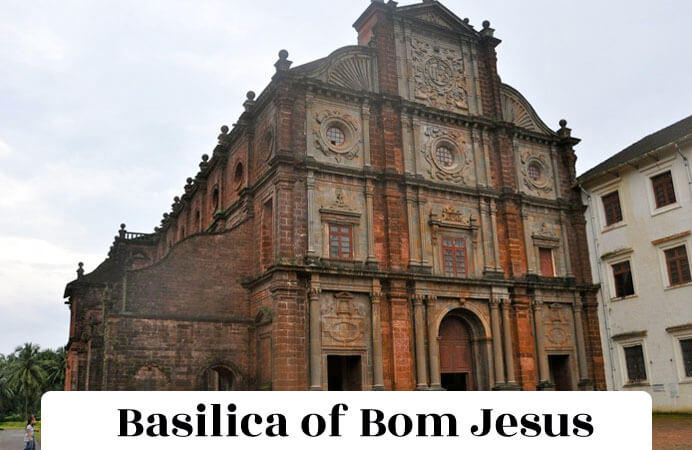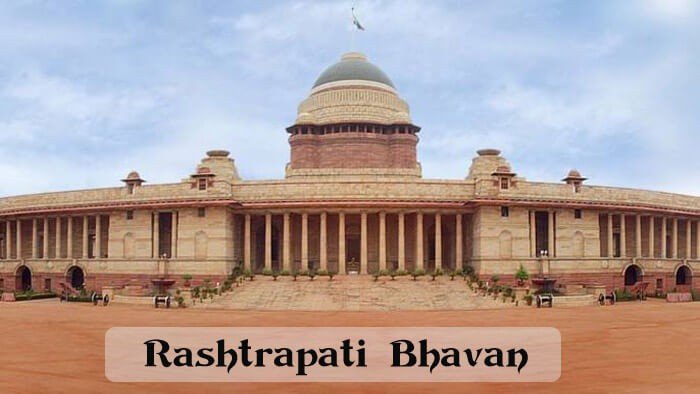Khajuraho Temples – Information, History, Facts
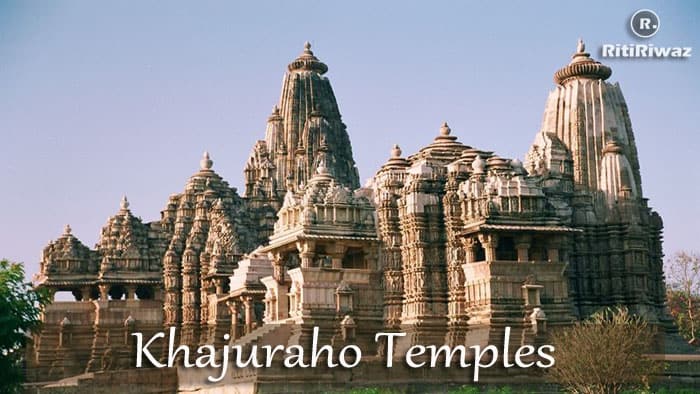
Khajuraho temples, also known as the temples of love are located in Madhya Pradesh. The temples were built by the Chandela Dynasty, the descendants of the moon god. Built in between 950 AD – 1050 AD century, Khajuraho had 85 temples of which only 25 are remaining. This is the largest group of temples and the second biggest tourist destination of India after the Taj Mahal. The temples are famous for the exquisite work of art and sculpture on the walls that depict the inner human feelings. The temples are devoted to love and its expression.
Khajuraho is a unique example of Indian Aryan art and architecture. They are a group of temples of two religions – Hindus and Jains. These temples have been broadly categorized under three groups – The Western group of Temples, the Eastern group of temples, and The Southern group of temples.
Also Read: Culture and tradition of Madhya Pradesh
Group of temples in Khajuraho
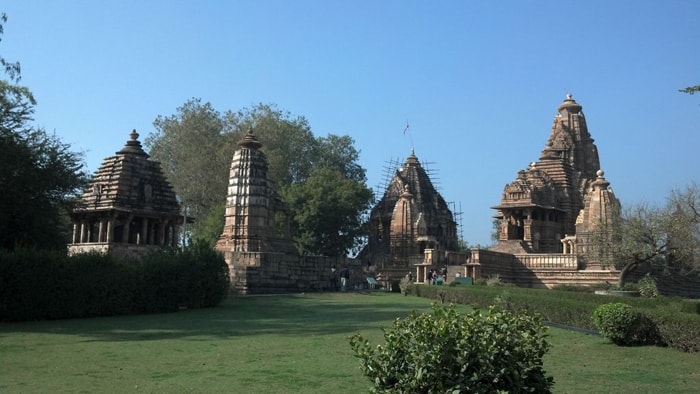
The Khajuraho temples, which speak volumes of creativity and history are spread across three zones: Western, Eastern, and Southern. The Western zone hosts the majority of temples dedicated to various gods and goddesses. The Kandariya Mahadeo temple (Largest temple of the Khajuraho temples) is the most famous temple of Khajuraho and is a part of the Western group of temples.
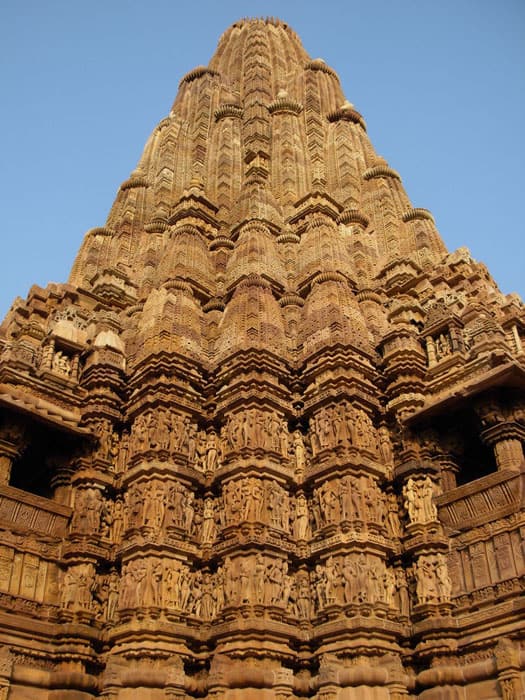
One that stands distinctly different from others is the Matangeshwar temple, which has no display of erotic structures or carvings. The Jagadambika Temple is a tribute to Goddess Parvati, whereas the Varaha temple is dedicated to Lord Vishnu. Other temples that form a part of the Western group of temples are Chausat Yogini, Chitragupta Vishwanath temple, and so on.
Suggested Read: Erotic Sculptures of Khajuraho
Khajuraho is a UNESCO World Heritage Site.

Khajuraho Temples are a group of Hindu and Jain temples famous for its nagara-style architectural symbolism and erotic sculptures. There are 25 stone temples from 85 that were constructed from the 10th to the 12 centuries, the prosperous age of the Chandella Dynasty. The Khajuraho Group of Monuments has been listed as a UNESCO World Heritage Site and is considered to be one of the “seven wonders” of India.
The Khajuraho group of monuments are also known for their erotic sculpture. This is one of the primary reasons that a lot of international visitors wish to study sculpture and history. This also accounts for most of its annual revenue every year.
History of Khajuraho Temples
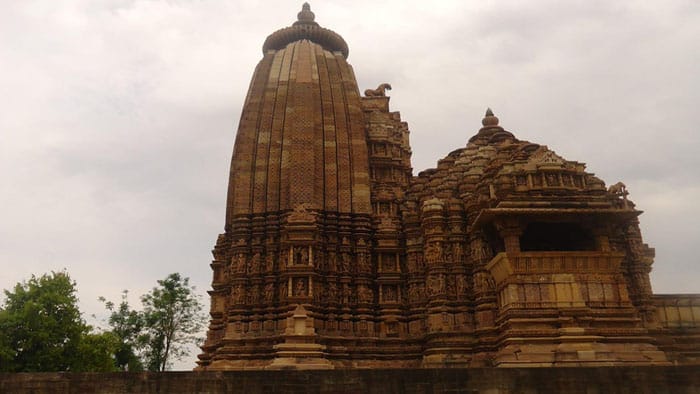
The Khajuraho group of monuments was built during the rule of the Chandela dynasty who ruled over central India from the 10th to the 13th Century CE. Actually, this area was known as Vatsa in ancient times, Jaijakbhukti in middle age, and Bundelkhand after the fourteenth century.
The Khajuraho Temples do not illustrate a development over a period of time but were built within a short period of hundred years from 950- 1050 A.D. These temples are spread over 20 square kilometers and out of total 85 temples, only about 25 temples have survived, spread over 6 square kilometers. The temples group was dedicated to two religions, Hinduism and Jainism, suggesting a tradition of acceptance and respect for diverse religious views among Hindus and Jains in the region. They strike a perfect balance between architecture and sculpture.
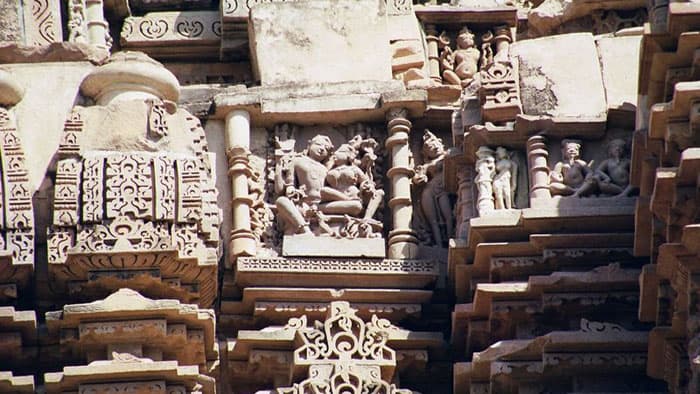
Changes in Khajuraho monuments occurred after the invasion of the Delhi Sultanate in the 13th century, Sultan Qutub-Ud-din Aibak invaded and annexed the Chandela kingdom. Only a century after this, Ibn Batuta, a Moroccan traveler, stopped in India from about 1335 to 1342 AD and referred to Khajuraho as “Kajra” in his writings. Khajuraho temples in the central Indian region were under the control of Muslim rulers between the 13th and 18th centuries. Many temples were also destroyed during this period by insulting them. For example, in 1495 AD Alexander Lodi destroyed the Khajuraho temples on the strength of his military power. But later people of Hinduism and Jainism gathered and protected the Khajuraho temple.
In the year 1838, a young British officer of the Bengal Engineers was sent on official duty to central India. While returning from Eran to Saguar his palki (palanquin) bearer told him of the ‘wonders of the place called Khajrao‘. Captain T.S. Burt could not resist the temptation of an unscheduled stop to see for himself if this was true. He soon realized that he had discovered something of unusual importance and decided to investigate Khajuraho.
A year later his report appeared in the Journal of the Asiatic Society of Bengal in which he categorically states at Khajuraho he had found “the finest aggregate numbers of temples congregated in one place to be met within all India, and all are within a stone’s throw on one another”. He reported that it is not scientific by contemporary standards but is a thrilling and often amusing account of what Khajuraho looked like 160 years ago. He found an obscure little village with magnificent but deserted temples hidden by a screen of ancient trees.
Suggested Read: Jyotirlinga Temple
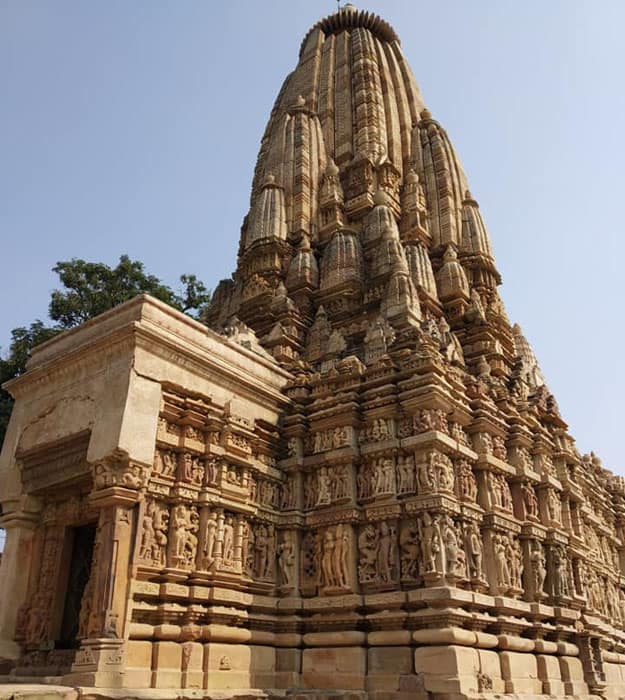
In 1852, Frederick Charles Maisey prepared the earliest drawing of the temples “The Panorama of the Temples at Khajuraho”. The earliest photographs, taken by Lala Deen Dayal entitled “Famous Monuments of Central India” published in 1886 reveals no jungle around the Khajuraho structures. We will never know what happened to the environment between the time when the temples were built and when Burt visited them 700 years later.
The most remarkable feature of this vast area is the Vindhyan hill range that forms a natural line of demarcation dividing north and south India.
Since the mid-nineteenth century, when the site was first documented by European scholars, many theories have been advanced to account for the apparent incongruity of religious structures being adorned with sculptures with frankly erotic themes. The sculptures were documented as ‘indecent’, ‘offensive’, and indicate of ‘the depths of decadence that Hindu society has fallen to’ before the arrival of Islamic and then, British rulers.
Suggested Read: Bandhavgarh National Park
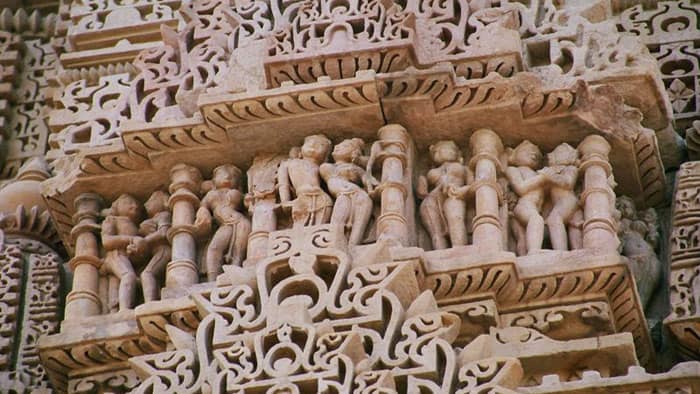
Later generations of scholars took it upon themselves to explain the use of erotic art in Hindu religious architecture by implying that it was part of some esoteric cult or tradition. Some said that the sculptures depicted permissible ritualistic sexual practices, notable of the tantric cult. Others are of the view that at Khajuraho the artists had given visual expression to the teaching and practices propagated in the Kamasutra, the Sanskrit text on the art of lovemaking.
Other theories had it that temples were seats of learning and that Khajuraho provided free ‘sex education’ to all devotees who visited the temples and admired their sculptures. More scholarly works followed in the twentieth century when art historians attempted to describe the symbolic significance of some of the erotic sculptures. These theories too, like the earlier ones, tended to explain only the erotic element.
Architecture of Temples
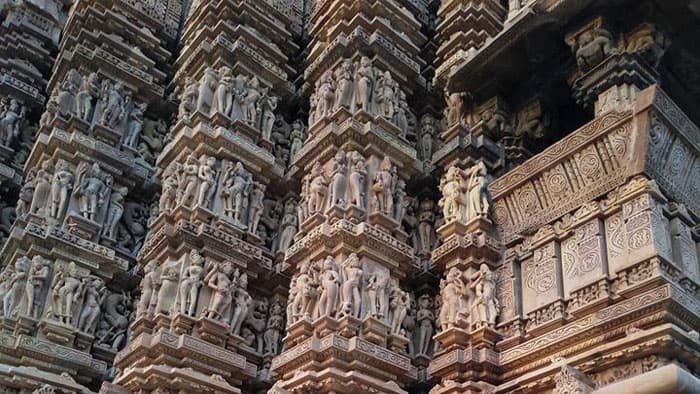
The name Khajuraho is gotten from its Sanskrit classification ‘Kharjuravahaka’ which is the intersection of two Sanskrit words ‘Kharjur’ which means date palm and ‘Vahaka’ which means conveyor. There are around 25 sanctuaries spread over a territory of roughly 6 square Km. Here, each chamber has its own separate pyramidal roof rising in gradual steps so that the final sanctum’s roof towers up, surrounded by similar spires, finally forming a graceful rising stepped pyramid. These 25 temples (out of the original 85) are regarded as one of the world’s greatest artistic wonders.
Suggested Read: Amarkantak
The temples have a highly individualistic architectural character and are generally small in size. Each temple is divided into three main compartments – The cells or garbha griha, as assembly hall or mandapa, and an entrance portico or ardha mandapa. Some temples also contain the antarala or vestibule to the cella and the transepts or maha- mandapa. The Kendriya Mahadev Temple is the largest and most beautiful of the Khajuraho Temples. The temple is decorated with a profusion of sculpture with intricate details, symbolism, and expressiveness of ancient Indian art. The Shiva Temple at Visvanath and the Vishnu Temple at Chaturbhanj are other important temples at Khajuraho.
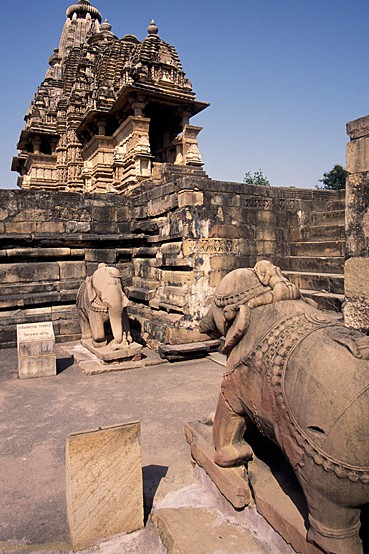
Normally the temples here are built of sandstone, but the Chausath Yogini, Brahma, and Lalguana Mahadev temples are built of granite (kanasham). The temples here are built on high plinths without any garb. The outer walls of this beautiful temple are also carved with deities, women, and many other stone carvings. The entrance to this temple is adorned with small statues of Suryadev. Travelers coming here are often mesmerized by the beauty of the temple.
Suggested Read: Kanha National Park
Interesting Facts About Khajuraho Temple
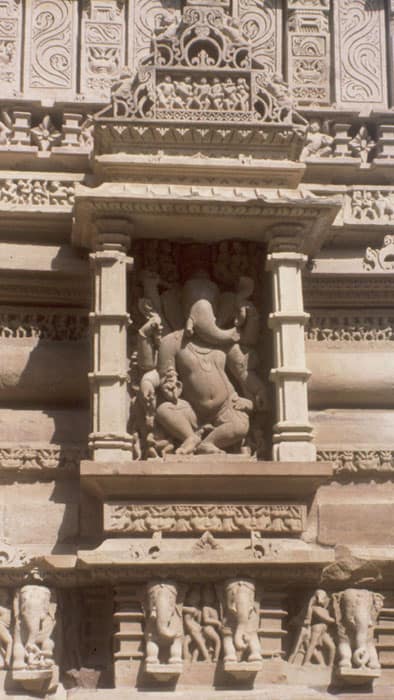
1). The temple group of Khajuraho is also notable for its sculptures made mostly with sand-stone of a variety of colors from pale buff, yellow and pink, and brown. There are sculptures of Cult images, Family, attendant and enclosing divinities, Heaven Nymphs, Animals & other Species, Miscellaneous themes like teacher & disciples, dancers, musicians, etc
2). Khajuraho is located in Chhatarpur district of Madhya Pradesh. This place was once known for the date palm forest. That is why its name was Khajuraho. But today Khajuraho is not known for the palm forest but for the temples adorned with erotic sculptures.
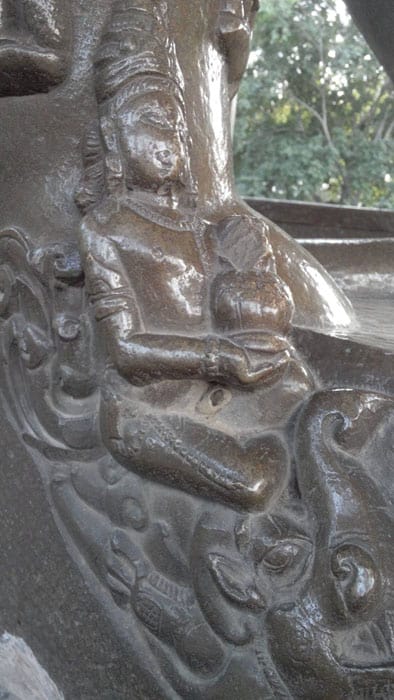
3). The rooms inside the Khajuraho temple are connected to each other. There is a kind of artwork in the rooms that the sunlight spread through the windows of the rooms to the entire temple.
4). Khajuraho is a famous tourist and archaeological site. There are 25 temples and three museums equipped with Hindu and Jain sculpture. Of the 25 temples, 10 temples are dedicated to Vishnu, which includes Vaikuntha, a strong mixed form of him. Nine temples belong to Shiva, one to Sun God, one to mysterious Yoginis (goddesses), and five temples to pilgrims of Digambar Jain sect. The temple of Khajuraho has three large inscriptions, which belong to the times of Chandel Naresh Gand and Yashovarman.
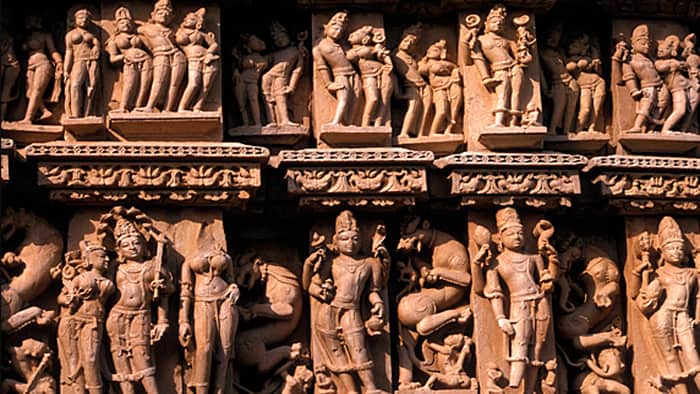
5). Like some other temples, this temple also has the characteristic that if you look at it from a distance, you will feel that you are not seeing a temple made of sandstone, but a grand work carved on sandalwood.
6). Even after visiting a historical place like Khajuraho, many questions related to its history remain incomplete in the minds of tourists. A light and sound show is organized at Khajuraho to address all the doubts of the tourists. The show tells the story of the magnificent history of the Chandela kings and the construction of these ancient temples. Superstar Amitabh Bachchan, in a voice-over show lasting 50 minutes at a complex near the temples of the Western Group, introduces the audience to the glorious history of Khajuraho in his voice. These shows are run daily in the evening in Hindi and English.
Suggested Read: Sanchi Stupa
Other nearby attractions
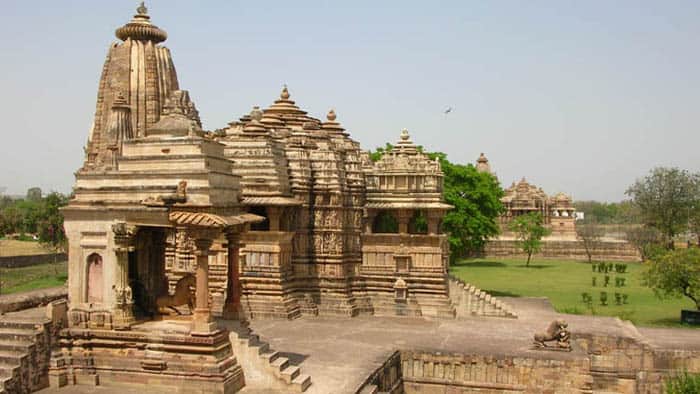
Though the major attraction that invites the tourists is the temples of Khajuraho, there are other tourist attractions around like Ranesh Falls, Bandhavgarh, Panna National Park, 30 Km from Khajuraho; Pandav falls on Ken river, The Dhubela Museum, on the Jhansi-Khajurao road, houses the weapons, paintings, and sculptures of the Bundela kings as well as a wide variety of sculptures of the Shakti cult, and Kanha National Park.
How to get there

Reaching Khajuraho is not difficult, it is easily accessible from all major cities. The city has modern amenities to cater to the needs of visitors from all over the world. This town is located about 620 km from Delhi, the capital city of India. You can fly to Delhi and take a train to Khajuraho. The quickest way to reach Khajuraho is by air and Khajuraho airport is the nearest airport.
Best Time To Visit Khajuraho Temples
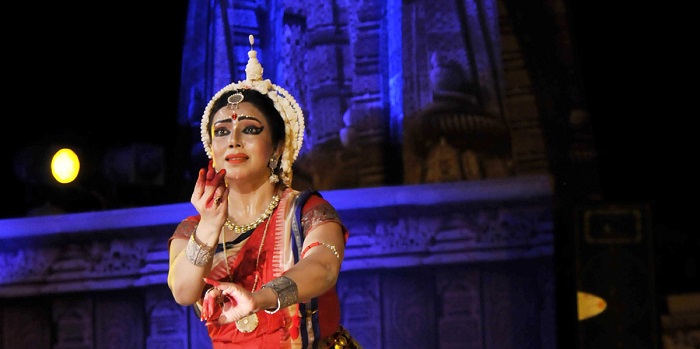
The best time to visit Khajuraho is during the winter season from October to February. The Khajuraho Dance Festival is popular all over India and is held in February soon after the winter ends, on an annual basis. They plan for various kinds of Indian classical dance forms, generally at the Vishwanath Temple. Summers aren’t ideal time due to scorching heat and monsoon is too humid will dampen your plans.

